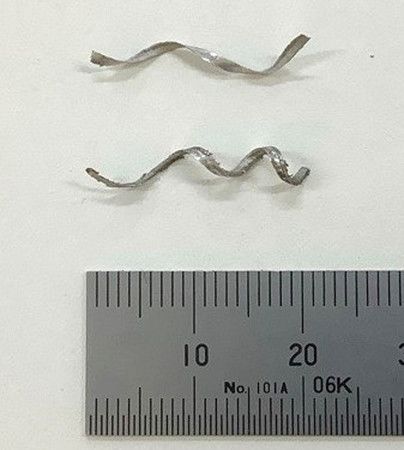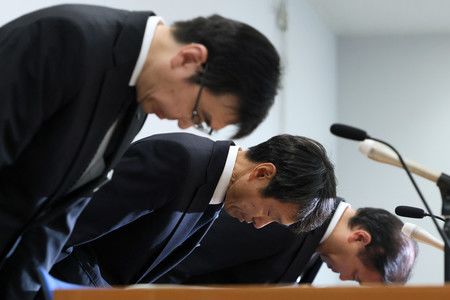Metal Fragments Likely Led to Shinkansen Uncoupling
Newsfrom Japan
Society- English
- 日本語
- 简体字
- 繁體字
- Français
- Español
- العربية
- Русский
Tokyo, Sept. 26 (Jiji Press)--Metal fragments that made their way behind a switch in the driver's cabin are likely to have led to an unprecedented decoupling of a connected Shinkansen bullet train in operation earlier this month, East Japan Railway Co., or JR East, said Thursday.
Announcing the discovery of the metal fragments at a press conference in Tokyo, JR East said that the objects caused electricity to flow in a section different from the normal route, leading to the separation of the coupling equipment that had connected 10 Hayabusa and seven Komachi cars of the Hayabusa-Komachi No. 6 train on the Tohoku Shinkansen line in the Sept. 19 incident. The switch in question is used to redo a train coupling.
Many metal fragments, believed to have been created mainly when holes were drilled during the train car manufacturing process, were found behind the coupling-redoing switch in the driver's cabin of the Komachi train, JR East said. The longest of the metal shavings is about 2 centimeters long, it said.
The train used as the Komachi part on the day of the incident was delivered to JR East in July 2013. Inspections of the area behind the switch had not been conducted, according to the company. No abnormalities, such as similar metal shavings, were found in the Hayabusa part.
An experiment carried out by JR East confirmed that coupling equipment came undone when metal fragments were placed behind the switch in the driver's cabin.
[Copyright The Jiji Press, Ltd.]

